Imagine a world where a simple cough or a handshake could spell a death sentence for millions. For centuries, smallpox haunted every continent, leaving behind scars—both physical and emotional—that would linger for generations. The story of smallpox isn’t just a tale of disease; it’s a saga of human struggle, scientific discovery, and, ultimately, triumph against a relentless foe. But why did it take so long to beat this deadly virus, and what does the journey teach us about science, society, and sheer determination? Buckle up—you’re about to dive into one of the most gripping battles in the history of medicine.
The Early Shadows of Smallpox
Smallpox didn’t just show up out of nowhere. Historians and scientists have traced its roots back thousands of years, possibly as far as ancient Egypt. Mummified remains sometimes reveal the telltale pockmarks of the virus, hinting that even pharaohs were not immune. In India and China, written records from over 1,500 years ago describe outbreaks with horrifying detail. This disease moved quietly at first, traveling along trade routes and with migrating armies, eventually becoming a dreaded part of everyday life in nearly every corner of the world. The mere mention of smallpox could send chills down a community’s spine.
What Made Smallpox So Terrifying?
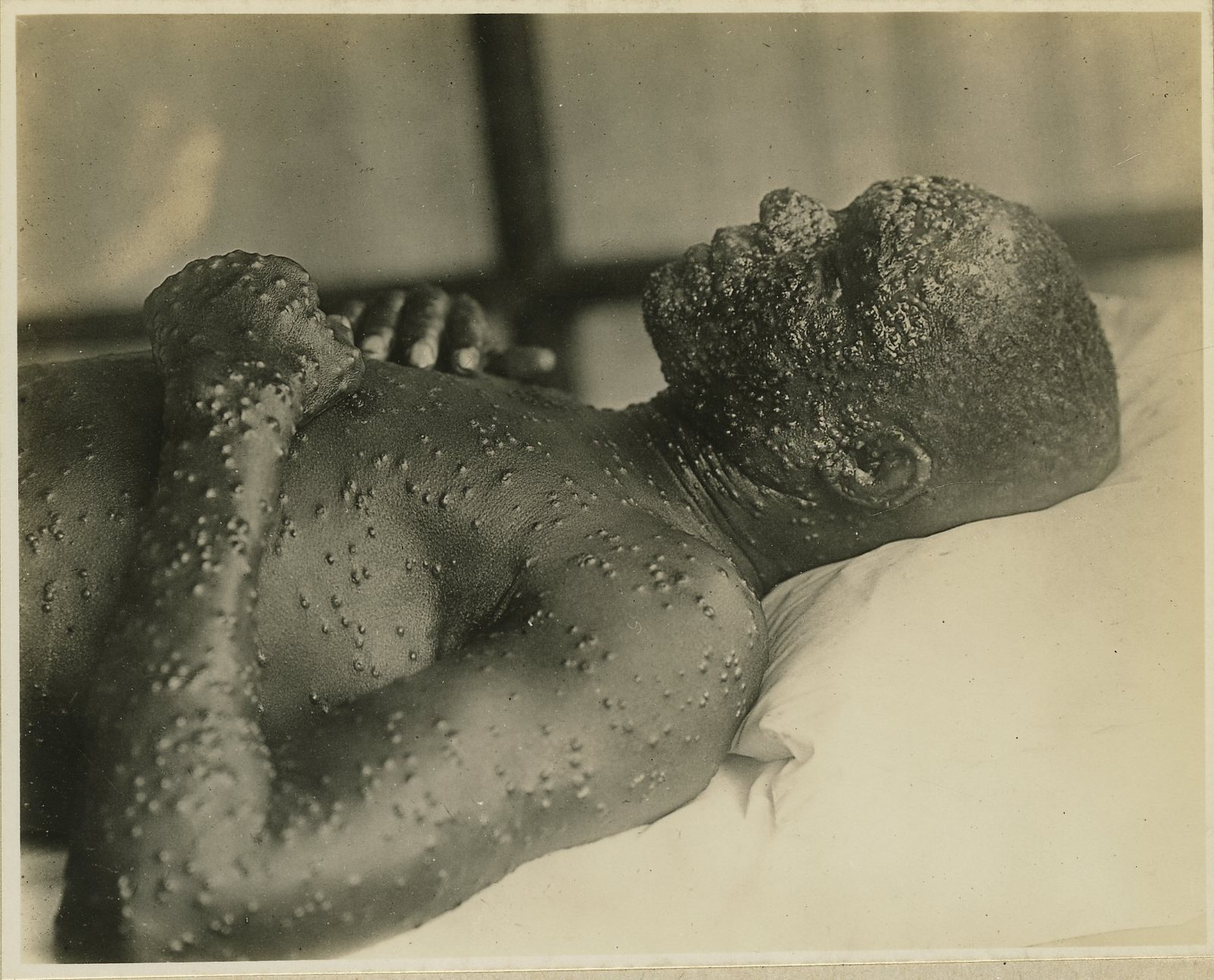
Smallpox was not your everyday fever. After a short incubation period, victims suffered from high fevers, aches, and—most infamously—an eruption of painful blisters all over the body. These blisters left deep scars or even blinded survivors. But the worst part? The death rate was staggering: up to 30% of those infected would die, and the rest often bore the scars forever. It didn’t care if you were a king or a commoner; smallpox struck everyone. It was a cruel lottery, and nobody knew who would win or lose.
The Search for Early Remedies

Long before modern medicine, desperate people tried everything to fight smallpox. In China and India, healers developed early forms of inoculation called variolation. This method involved taking material from a smallpox sore and introducing it to a healthy person, hoping to spark a mild infection and future immunity. Sometimes it worked, and sometimes it made things worse. Still, variolation was a bold step forward, showing that humans could outsmart nature—at least a little.
Edward Jenner and the Birth of Vaccination
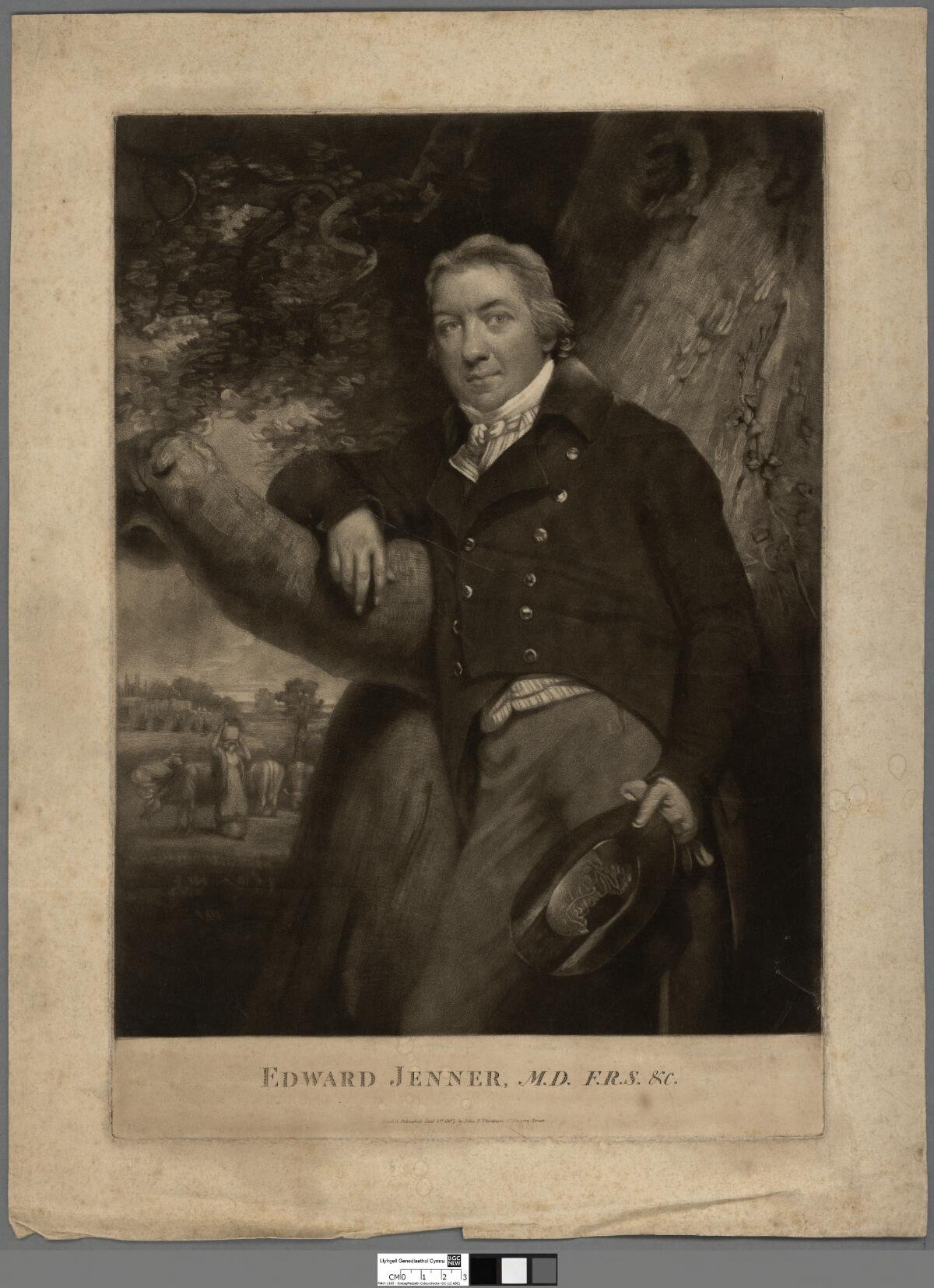
If smallpox had a nemesis, it was Edward Jenner. In 1796, this English country doctor noticed that milkmaids who caught cowpox—a mild cousin of smallpox—seemed immune to the deadly disease. Jenner decided to test his theory in a way that would shock modern ethics committees: he injected a young boy with pus from a cowpox blister, then exposed him to smallpox. Miraculously, the boy didn’t get sick. Jenner’s discovery launched the age of vaccination, a term he coined from “vacca,” the Latin word for cow. It was a turning point, but the world was still a long way from victory.
The Relentless March of the Virus
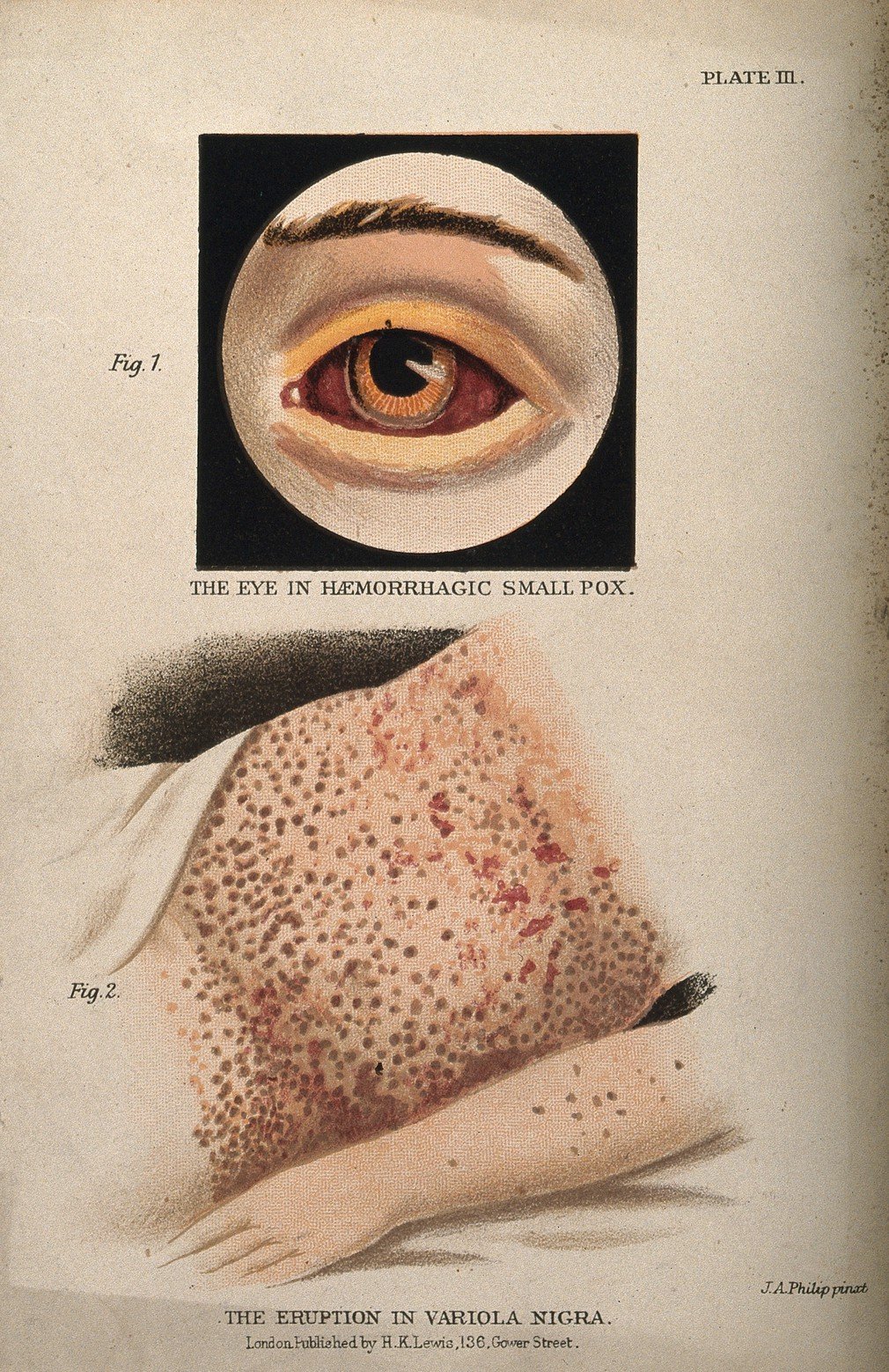
Despite Jenner’s breakthrough, smallpox refused to go quietly. Throughout the 19th and early 20th centuries, outbreaks continued to devastate families and communities. Vaccines were hard to produce, store, and distribute, especially in poorer regions. Misinformation and fear slowed progress, as did wars and political upheaval. Smallpox would pop up again and again in crowded cities, refugee camps, and even royal palaces. The virus seemed to have an uncanny ability to find new hosts just when hope was rising.
The Global Toll of Smallpox

By the 20th century, smallpox was killing nearly two million people every year. The disease didn’t care about borders, language, or wealth. It wiped out entire villages and spread like wildfire in crowded cities. Survivors were often left with disfiguring scars or blindness, a constant reminder of the virus’s cruelty. Smallpox also shaped history in unexpected ways—it decimated indigenous populations during colonial expansions, reshaping the fates of nations and entire continents. This was not just a health crisis; it was a global tragedy.
Science Takes the Lead: The WHO Steps In
In 1959, the World Health Organization (WHO) made a bold announcement: the world would unite to eradicate smallpox. It sounded almost impossible. Resources were scarce, and many countries faced wars, poverty, or political instability. But the stakes were too high to ignore. With international cooperation, scientists began to coordinate vaccination campaigns, develop better vaccines, and train armies of health workers. The battle was on, and this time, humanity had science on its side.
Innovative Strategies: The Ring Vaccination Approach
One of the most brilliant tactics of the eradication campaign was “ring vaccination.” Instead of trying to vaccinate everyone (a logistical nightmare), health workers focused on containing outbreaks by vaccinating all contacts around each new case. This “ring” of immunity acted like a firewall, cutting off the virus’s ability to spread. The strategy required rapid reporting, speedy travel, and a lot of detective work. It was like playing a high-stakes game of whack-a-mole with a deadly virus.
Challenges in Remote and War-Torn Regions
Eradicating smallpox wasn’t just about science—it was about overcoming geography, politics, and even superstition. In some remote areas, health workers had to travel by boat, horseback, or on foot, sometimes risking their lives to reach the next village. War zones and political conflict made it nearly impossible to track cases or deliver vaccines. Distrust of outsiders and rumors about the vaccine sometimes led to violence. Despite these obstacles, dedicated teams pressed on, believing that every shot brought the world one step closer to freedom.
The Role of Technology in the Fight
Technology played a starring role in the eradication effort. Freeze-dried vaccines could survive long journeys without refrigeration—a game-changer in hot, remote regions. The development of the bifurcated needle, a simple yet ingenious device, made vaccinations faster and easier, even for untrained workers. Communication tools like radio and telegraph were used to coordinate responses to outbreaks in real time. Every new gadget or innovation was another weapon in humanity’s arsenal against smallpox.
The Emotional Toll on Communities and Health Workers

The fight against smallpox left deep emotional wounds. For families, the fear of losing loved ones was a constant shadow. For health workers, the job was grueling and sometimes heartbreaking. Many faced hostility, exhaustion, and the trauma of witnessing suffering on a massive scale. But there were also moments of hope and celebration—like when a village was declared smallpox-free or a child survived against the odds. The journey was a rollercoaster of emotions, fueled by both despair and determination.
Success Stories that Inspired the World
Certain regions became symbols of hope during the eradication campaign. India, for example, was once a hotbed of smallpox, with thousands of new cases every week. Through relentless effort, tireless health workers, and the support of local leaders, India declared victory over smallpox in 1975. Similar stories unfolded in Africa and South America. Each success inspired the world to keep pushing forward, proving that even the most daunting challenges could be overcome.
Smallpox and the Power of Community Action
One surprising lesson from the smallpox campaign was the power of community. Local leaders, teachers, and even children played vital roles in tracking cases, spreading information, and building trust. In some villages, entire communities banded together to support vaccination teams and care for the sick. This sense of shared purpose turned the fight against smallpox into a global movement, showing that real change often starts at the grassroots level.
The Last Case: A Moment of Triumph and Relief

In October 1977, a young man named Ali Maow Maalin in Somalia became the last person to contract smallpox naturally. When he recovered, health workers around the world breathed a collective sigh of relief. It was a moment that felt almost surreal—a disease that had haunted humanity for millennia was suddenly, miraculously, gone. The world waited for two more years of careful surveillance before the WHO declared smallpox officially eradicated in 1980. It was a victory that belonged to everyone.
Why Was Smallpox So Hard to Eradicate?
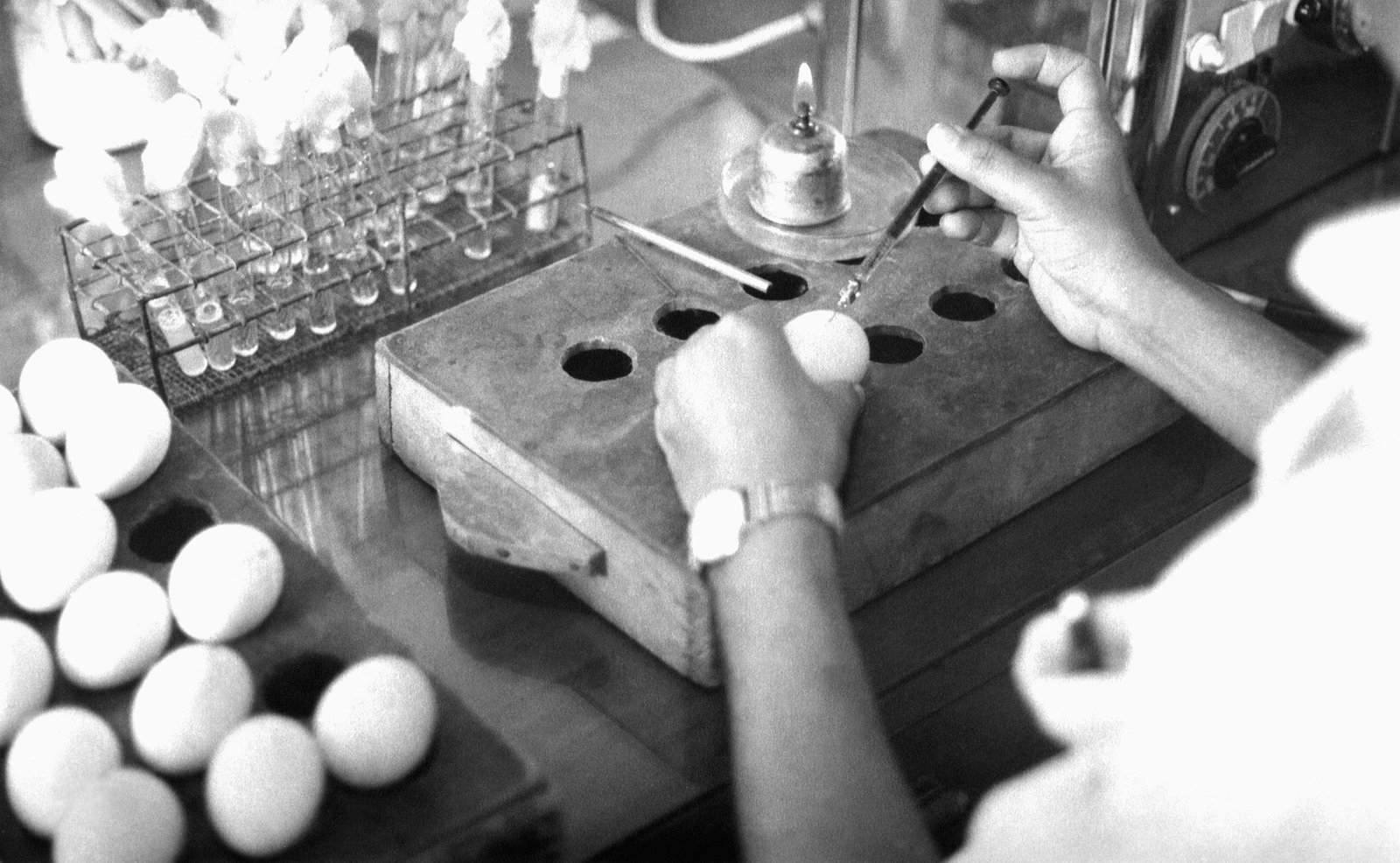
You might wonder, with vaccines and modern science, why did it take so long? Smallpox was incredibly contagious, spreading quickly in close quarters. The virus could linger in blankets, clothes, and homes, making every case a potential outbreak. Political instability, mistrust, and logistical nightmares made tracking and vaccinating every case a Herculean task. Cultural beliefs and misinformation led to resistance in some communities. Even a single missed case could trigger a fresh epidemic, making perfection the only option.
The Science Behind Immunity and Vaccination
Smallpox taught scientists a lot about how the immune system works. Vaccines expose the body to a harmless version of a virus, training the immune system to recognize and destroy the real thing. The smallpox vaccine was unique—it used live cowpox virus, which was similar enough to spark immunity but much less dangerous. This discovery opened the door to modern immunology and led to the development of countless other vaccines, saving millions of lives beyond smallpox.
The Dark Side: Biological Warfare and Laboratory Risks
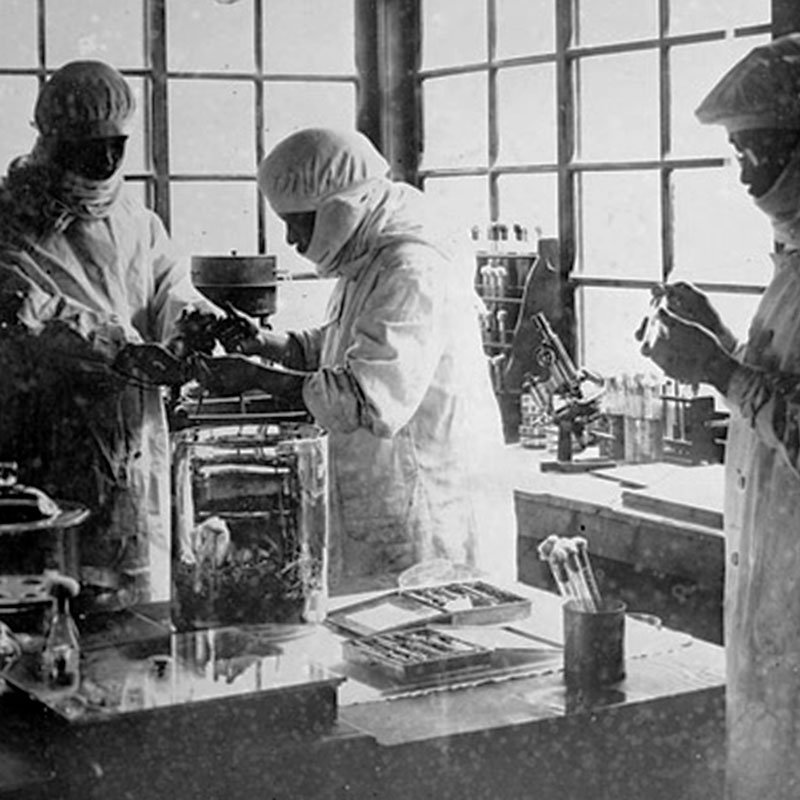
Smallpox’s legacy isn’t all triumph. During the Cold War, several countries experimented with smallpox as a potential biological weapon—a chilling reminder of how scientific advances can be twisted for harm. And even after eradication, samples of the virus are kept in high-security labs in the US and Russia. The fear of accidental or intentional release still lingers, making smallpox a ghost that haunts global security discussions.
Lessons Learned for Future Epidemics
The smallpox eradication campaign became the gold standard for public health. It taught us the importance of global cooperation, rapid response, and clear communication. It also revealed the dangers of complacency—diseases don’t respect borders or politics. The COVID-19 pandemic echoed many of the same lessons: the need for trust, science, and community action. Smallpox showed us what’s possible when the world pulls together, but also how fragile those victories can be.
How Smallpox Changed the World Forever

The defeat of smallpox reshaped the world. It proved that humanity could conquer even the most terrifying diseases with enough determination, innovation, and compassion. It inspired new generations of scientists and public health workers to tackle other killers like polio and measles. The scars of smallpox—both the literal ones and the stories passed down—remind us of what’s at stake. Eradication wasn’t just a scientific achievement; it was a testament to the power of hope and human ingenuity.
The Ongoing Debate: Destroying the Last Smallpox Samples

Today, scientists and policymakers argue over whether to destroy the last frozen samples of smallpox. Some say keeping them is too risky; others argue they’re needed for future research or emergencies. It’s a debate filled with ethical dilemmas and real-world consequences. The fate of these vials is a reminder that even after victory, the story isn’t over—every decision carries weight, and the lessons of smallpox are still very much alive.
What the Battle Against Smallpox Means for Us Now

Standing at the intersection of science and society, smallpox’s story is both a warning and an inspiration. It shows us that progress is possible, but never easy. The struggle against smallpox united people of all backgrounds and beliefs, proving that when we fight together, we can move mountains. The echoes of that victory still shape our response to new threats, urging us to be vigilant, compassionate, and bold. Would you have guessed that a tiny virus could teach the world so much?



